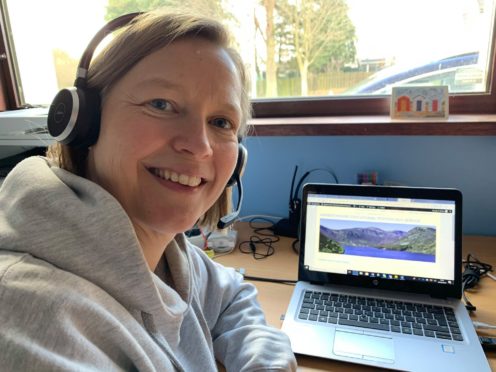A team of educational psychologists have put together a dedicated phone line for parents or carers with concerns about how children and young people are coping.
The number is available on Tuesdays and Thursdays from 9am to 3pm, and people can get in touch by calling 01779 403721.
Team member Ashley Mcdonald said it can be “particularly difficult” for children with additional support needs, or who have experienced mental health difficulties, to “make sense of the current circumstances”.
She said the phone line would offer parents and carers ideas to help such children to cope and advise school staff to adapt to supporting families from a distance.
Educational psychologist, Natasha Robinson, is part of the phone line team and has created a short video offering advice to parents.
In the clip, she says: “The first job we have to take note of is how we can regulate our own anxiety. There are a couple of ways we can do this.”
Tips include avoiding “information overload” by reducing news consumption, creating a semblance of a structure “to feel in control” and taking exercise where possible.
She added: “Sometimes internally there are things we can do as well.
“When we are in a heightened state of anxiety we can remember to breathe.
“Parasympathetic breathing means we’re breathing in for less time than breathing out, and it tells our body to calm down.”
She has suggested doing this before speaking to children about coronavirus.
The expert says children should have “pure, simple” facts about how the pandemic can affect lots of people, but reassurance that parents and carers are trying their very best to keep them safe.
Having a detailed structure – such as dog walks on a Monday morning, board games on a Wednesday night or viewings of the children’s news channel Newsround – can also help.
To view the video, go to:
https://www.facebook.com/AberdeenshireCouncil/

